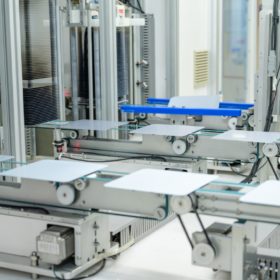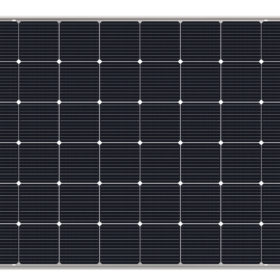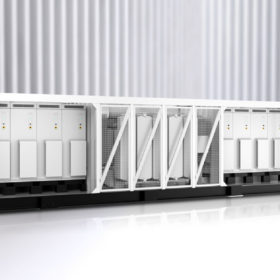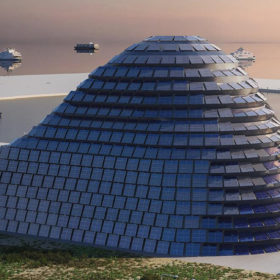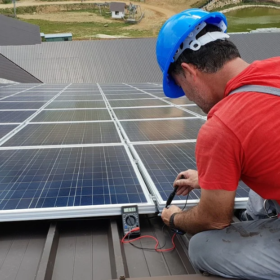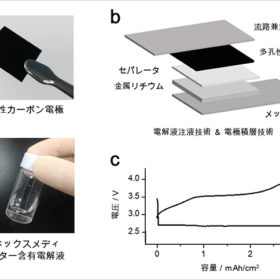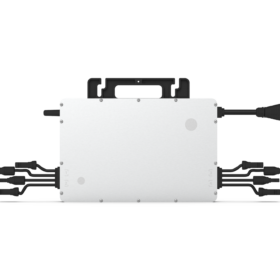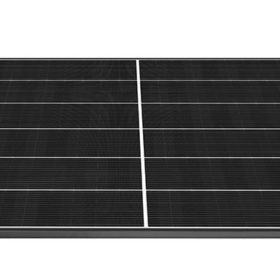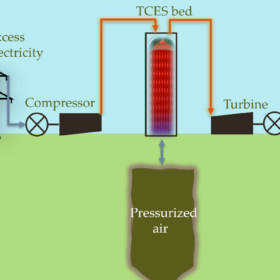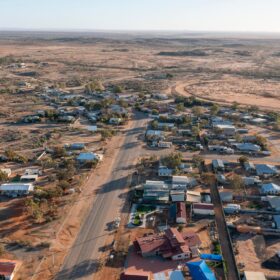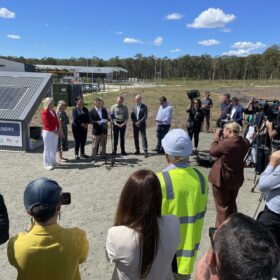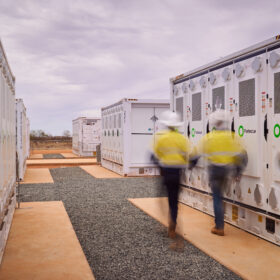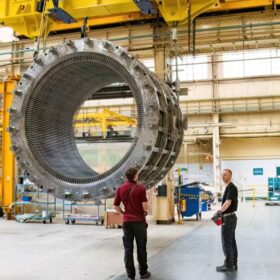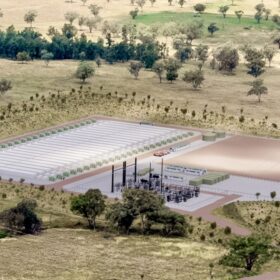Chinese solar industry may reach 500 GW module capacity by year end
According to Asia Europe Clean Energy (Solar) Advisory (AECEA), this huge capacity may not be met by actual demand in the global market. Furthermore, the consultancy reveals that solar module prices should reach a price level of up to RMB 1.75 (US$028)/W by the second half of the year, and that in 2021 new PV additions totalled 53 GW with more than half of this capacity being delivered by distributed generation.
TOPCon vs PERC
TOPCon solar cells are on their way to fully compete with PERC solar products, according to recent research from Germany’s Fraunhofer ISE. Efficiency gains for the TOPCon concept, however, are necessary to help it capture more market share, as production costs remain higher than those for PERC tech. A series of cost-driven strategies to make TOPCon modules advance were outlined in the study.
Sungrow presents new central inverter
Called the 1+X modular inverter, the new product can be deployed, by combining eight units, to reach a power of 8.8MW. It also features a DC/ESS interface for the connection of storage energy systems.
BIPV panels cover an entire building in Taiwan
The Sun Rock building is owned by Taiwan’s power utility Taipower. It was covered with 4,000 square meters of PV panels deployed by Dutch architectural firm MVRDV.
Best fire safety practices for rooftop PV system installations
Compiled by an international research group, the best practices were collected from all available guidelines published by national agencies, regulatory bodies, and trade associations.
Philippines clears 62 PV projects totalling 1.3GW for renewable portfolio standards
The list of the eligible renewable energy producers also includes 36 hydropower facilities totalling 412.8MW, 36 biomass schemes with an aggregate capacity of 264.8MW, seven wind farms with a total power of 409.9MW, and six geothermal power plants totalling 218.5MW.
Japanese consortium builds lithium-air battery with energy density of 500 Wh/kg
A Japanese group has developed a storage system with potential applications in residential storage, electric vehicles, drones and Internet-of-Things devices.
Micro-inverter for high-power solar panels from Hoymiles
The device has a 4-in-1 design, which means it can be connected with four solar panels with a power output of up to 625 W each, through four independent connections. The output of each panel is tracked and converted individually. According to the Chinese manufacturer, the micro-inverter can ensure savings of up to 50% due to the lower number of devices and cables needed.
Panasonic unveils 410 W solar panel with 22.2% efficiency
The new heterojunction module series is compatible with Panasonic’s Evervolt battery and has a power output ranging from 400 to 410 W. It also features a temperature coefficient of -0.26% per degree Celsius.
Improving compressed air energy storage efficiency via chemical reactions
Scientists in the United States have proposed to use a thermochemical energy storage (TCES) technique that stores energy in chemical bonds to recover the heat produced during air compression operations. According to them, this innovation may increase the round-trip efficiency of compressed air energy storage to 60%.

